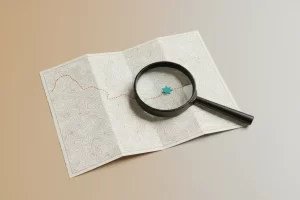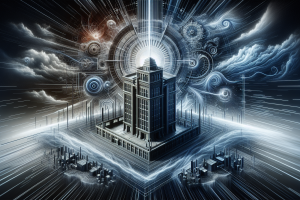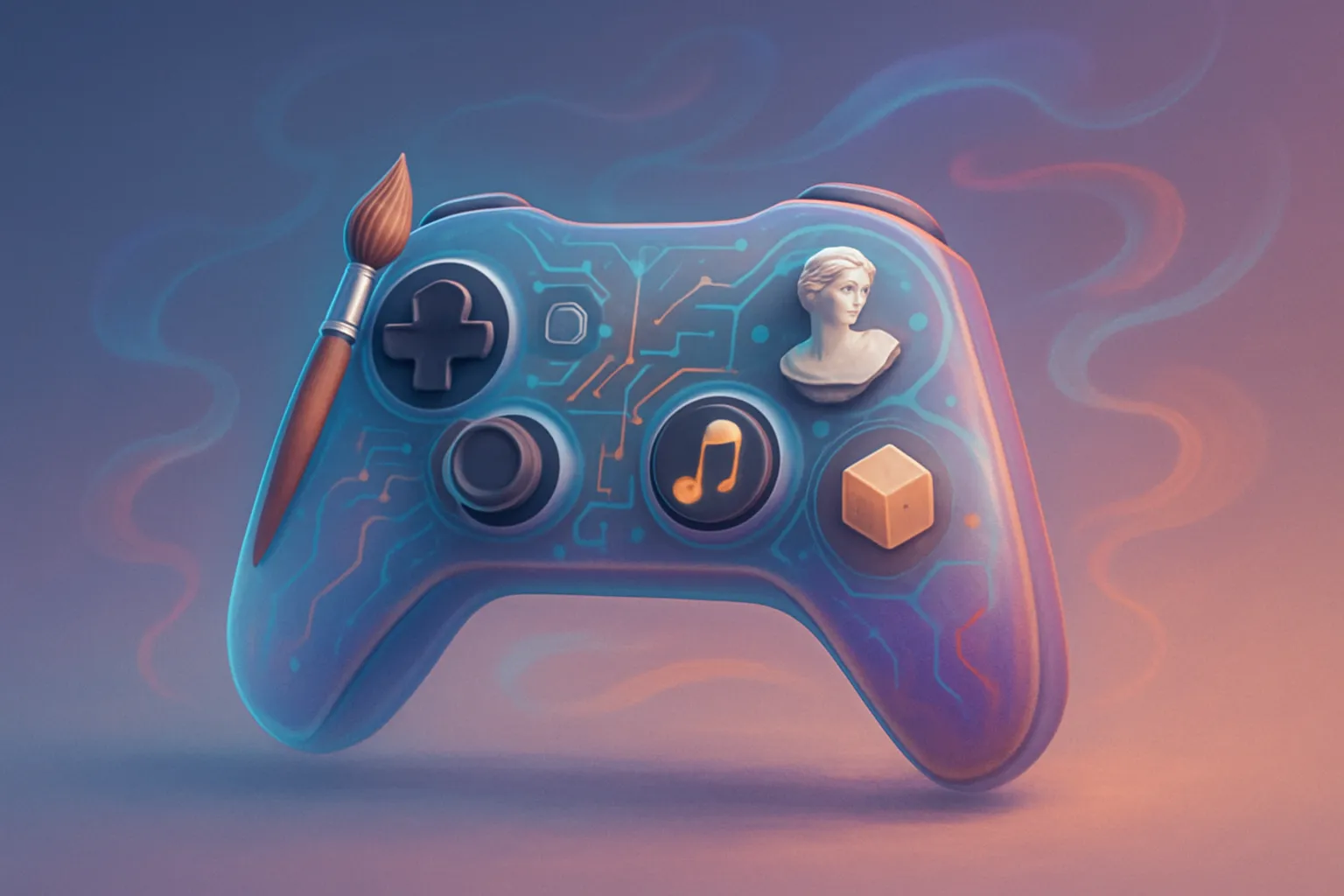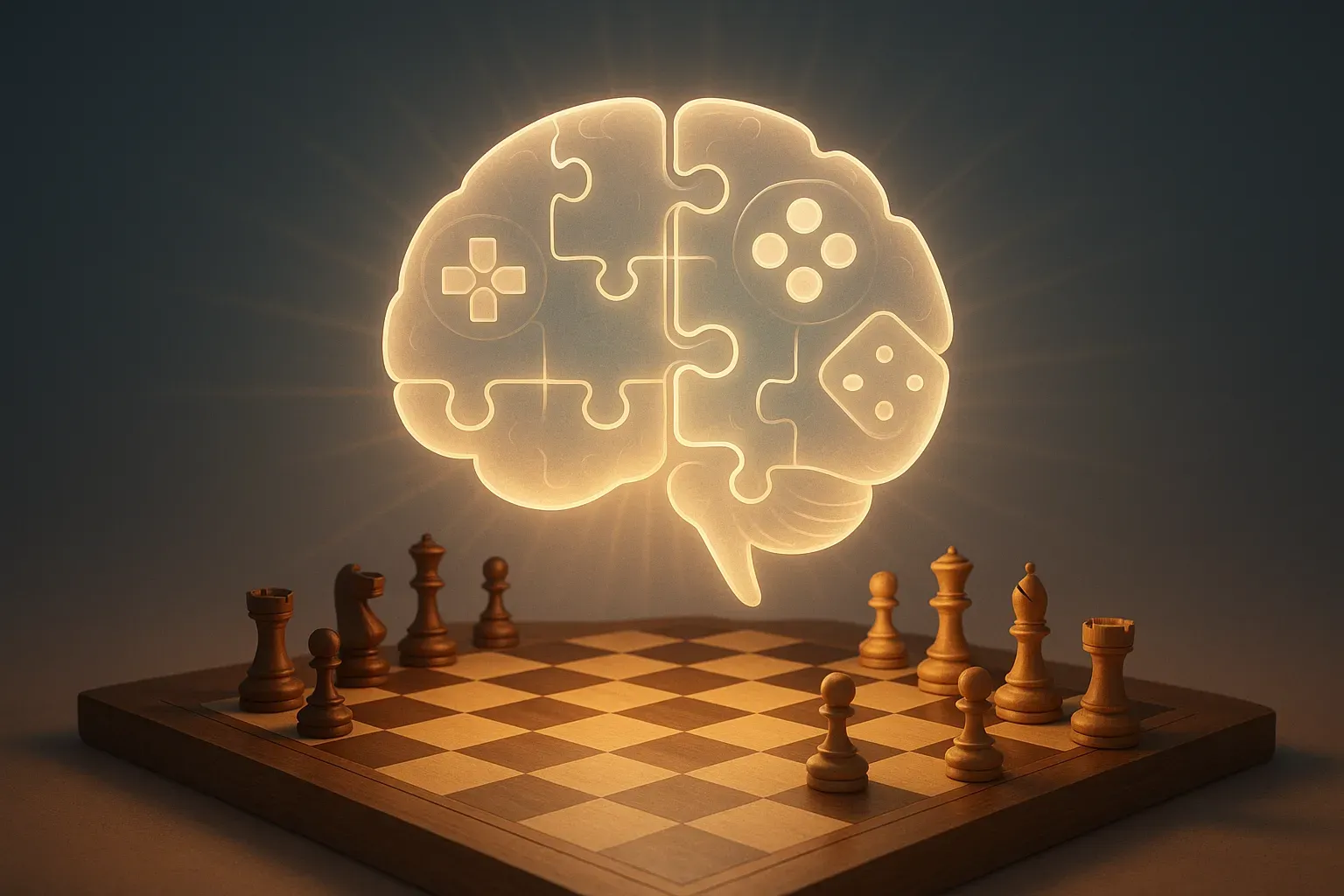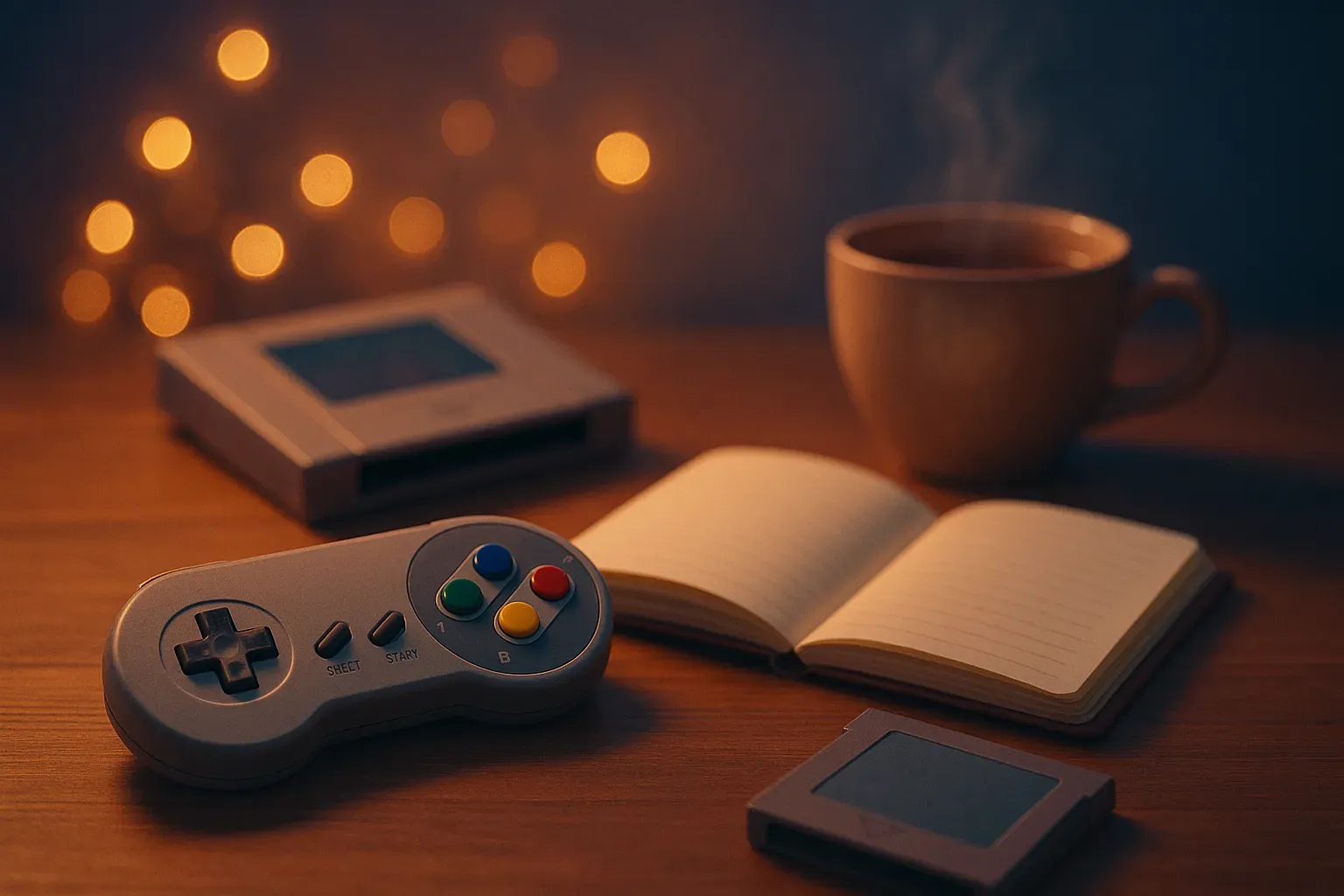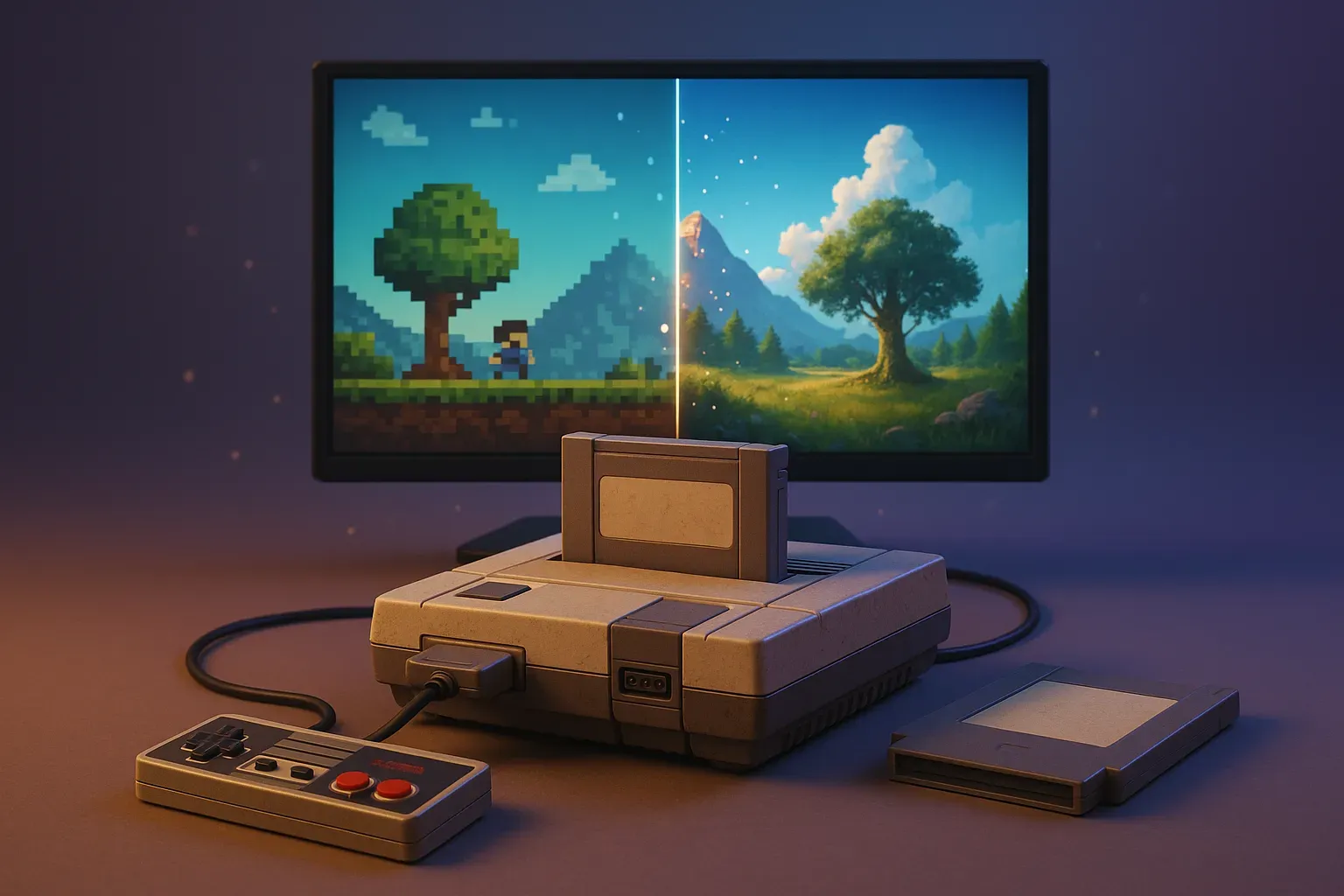7 Best Uses of Art Style in Games: Gamers Share Their Picks
From classic platformers to modern adventures, video games have become a canvas for stunning visual artistry. This article explores the most impactful uses of art style in gaming, as chosen by players themselves. Drawing on insights from gamers and industry experts, we’ll examine how these distinctive visual approaches enhance gameplay and storytelling.
- Cuphead Animates Difficulty into Playful Art
- Breath of the Wild Paints an Inviting World
- Inside Whispers Horror Through Minimalist Design
- The Last of Us Tells Stories Through Decay
- Ori Creates Depth with Layered Backgrounds
- Life is Strange Crafts a Nostalgic Atmosphere
- Hollow Knight Enhances Gameplay with Haunting Beauty
Cuphead Animates Difficulty into Playful Art
Cuphead’s authentic 1930s rubber hose animation style isn’t just nostalgic; it actively enhances the gameplay experience. The hand-drawn, frame-by-frame animation creates a tactile quality where every boss feels like battling a living cartoon. This visual approach makes the punishing difficulty feel playful rather than frustrating, as dying to beautifully animated attacks feels like losing to art rather than unfair mechanics.
 Stephen Dove
Stephen Dove
Owner, Games Latest News
Breath of the Wild Paints an Inviting World
After 25 years in painting, I’ve learned that the right visual style can completely transform how people experience a space – the same principle applies to games. **The Legend of Zelda: Breath of the Wild** nails this better than any game I’ve seen.
That watercolor art style isn’t just pretty – it serves the gameplay perfectly. Just as I guide clients through color selection to set the right mood for each room, Nintendo chose colors and textures that make exploration feel peaceful and inviting. The soft, impressionistic look makes you want to wander and discover, which is exactly what the game needs.
What really impresses me is how they handle lighting and atmosphere. In my interior work, I’ve seen how the wrong paint finish can make a room feel cramped or cold, but the right choice opens everything up. Breath of the Wild does this digitally – every vista feels open and breathable because of how they blend colors and handle light.
The art style also hides technical limitations while highlighting strengths, similar to how we use premium low-VOC paints that look amazing while being practical. These are smart choices that serve both form and function.
 Jame M. Cleaver
Jame M. Cleaver
Owner, Springfield Paint Pros
Inside Whispers Horror Through Minimalist Design
The best use of art style in a game? Hands down: Inside by Playdead.
It’s not flashy. In fact, it’s almost aggressively muted. No HUD, no dialogue, no color beyond grayscale and blood red. But the way it uses lighting, depth, and animation—it creates this crushing, oppressive atmosphere that doesn’t just set the tone, it is the tone. You feel like you’re being watched the whole time. Not by the game, but by something within it. Like the world itself is a hostile, sentient machine.
What makes it special is how minimal it is. It could have gone full photorealistic dystopia, but instead it whispers. The shadows and silhouettes do all the emotional heavy lifting. That’s what makes the tension stick. That’s why the horror feels personal. It’s like liminal space meets childhood fear—nothing explicit, everything implied.
It’s the kind of art direction that’s so precise, you don’t even notice it at first. You just feel it. And when the final act hits? You realize the visual language has been foreshadowing it the whole time. It’s storytelling through absence, which is rare—and incredibly effective.
 Derek Pankaew
Derek Pankaew
CEO & Founder, Listening.com
The Last of Us Tells Stories Through Decay
After 25+ years of shooting everything from ESPN broadcasts to documentaries like “Saving 22,” I’ve seen how visual storytelling can make or break emotional connections. “The Last of Us” absolutely nails this with its photorealistic decay aesthetic that serves the narrative perfectly.
What makes TLOU’s art direction genius is how it uses environmental storytelling through visual deterioration. Every cracked wall, overgrown building, and rust stain tells part of the story without dialogue – exactly like how I approach documentary work where the visuals need to carry emotional weight. When I filmed “Saving 22” in Montana, I used similar techniques, letting the landscape’s starkness communicate isolation before any veteran spoke on camera.
The game’s muted color palette creates psychological tension that matches the post-apocalyptic theme, similar to how I manipulate lighting and color grading in my films to guide audience emotions. In “Brutal” and “American Dream,” I used desaturated tones to reinforce the harsh realities being explored.
TLOU proves that art style isn’t decoration – it’s functional storytelling that eliminates the need for exposition while maximizing player investment in the characters’ journey.
 Gary Otte
Gary Otte
Owner, A Castle on a Hill Productions
Ori Creates Depth with Layered Backgrounds
As someone who has created video content libraries and managed visual storytelling for over 3,500 units, I’ve learned that art style needs to solve functional problems while creating emotional connections. “Ori and the Blind Forest” excels at this with its hand-painted, layered backgrounds that create depth without overwhelming the gameplay mechanics.
What makes Ori’s art style brilliant is how it uses lighting and atmospheric effects to communicate spatial relationships instantly. When I was developing our maintenance FAQ videos that reduced move-in dissatisfaction by 30%, I realized the same principle applies – visual clarity directly impacts user confidence and reduces friction.
The game’s soft, organic art style also creates emotional investment in the world, similar to how we position luxury amenities at The Heron with warm, inviting visuals rather than sterile corporate photography. Ori’s approach makes challenging platforming feel rewarding rather than punishing, which keeps players engaged longer.
From a conversion standpoint, this art style choice eliminates cognitive load while maximizing emotional response – exactly what we achieved when our rich media integration led to that 7% increase in tour-to-lease conversions. The visuals do the heavy lifting so players can focus on the experience itself.
 Gunnar Blakeway-Walen THA
Gunnar Blakeway-Walen THA
Marketing Manager, The Heron Apartments by Flats
Life is Strange Crafts a Nostalgic Atmosphere
Life is Strange is a perfect example of a game where the art style deeply enhances the emotional experience. Its soft, almost watercolor-like visuals and muted color palette create a dreamy, nostalgic atmosphere that fits perfectly with the game’s themes of memory, time, and human connection. It leans into a painterly, hand-crafted look that makes every scene feel personal and intimate.
The art style really supports the storytelling. It mirrors the emotional tone shifts, from calm and reflective to intense and dramatic, without ever pulling you out of the moment. It feels like you’re flipping through a visual journal or memory book, which makes the characters’ choices and relationships hit even harder.
 Piotr Zabula
Piotr Zabula
CEO, Cropink.com
Hollow Knight Enhances Gameplay with Haunting Beauty
As the editor of Dropraro.com, a site dedicated to both indie gems and major AAA titles, I believe Hollow Knight by Team Cherry is one of the most masterful uses of artistic direction in gaming.
Its hand-drawn 2D art, subdued color palette, and fluid animation create an atmosphere of haunting beauty and emotional depth. The visual style doesn’t just serve aesthetics—it enhances the storytelling, gameplay clarity, and immersion. Each region feels distinct through nuanced use of light and shadow, drawing players deeper into the mysterious world of Hallownest. The art design also plays a functional role, ensuring enemies and hazards are easily readable—vital for a precision-based platformer.
In a landscape often dominated by photorealism, Hollow Knight stands as proof that stylistic art can be equally, if not more, impactful.
 JEIAS LIMA
JEIAS LIMA
Editor De Blog, Dropraro







